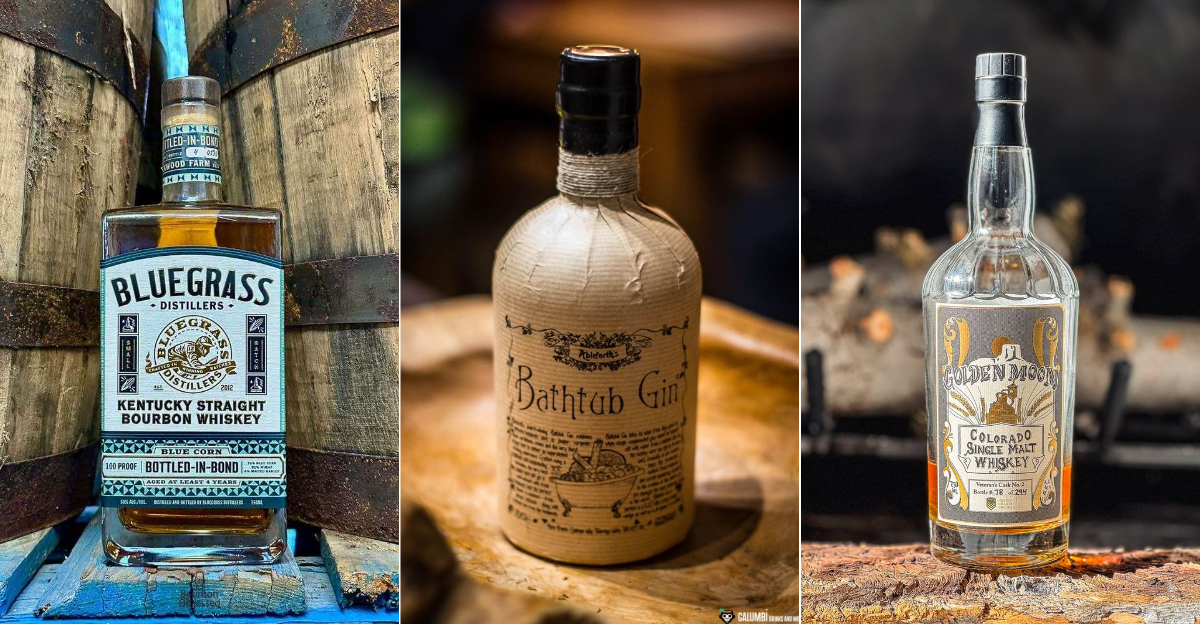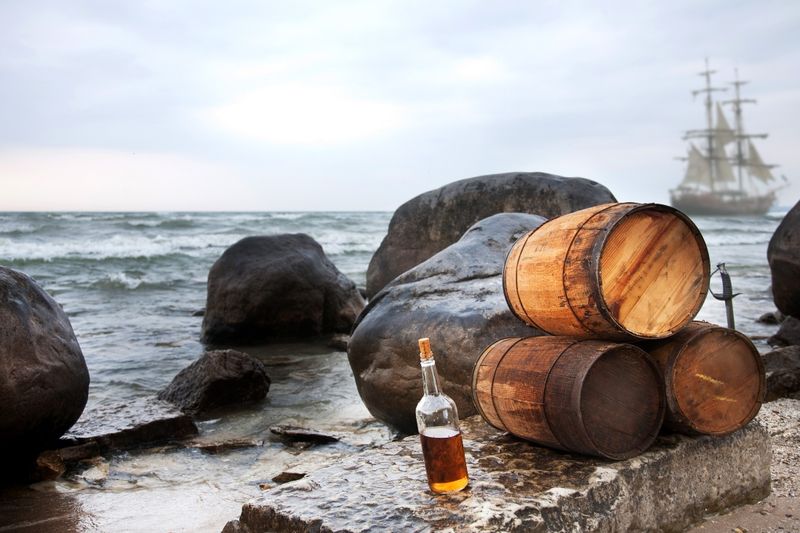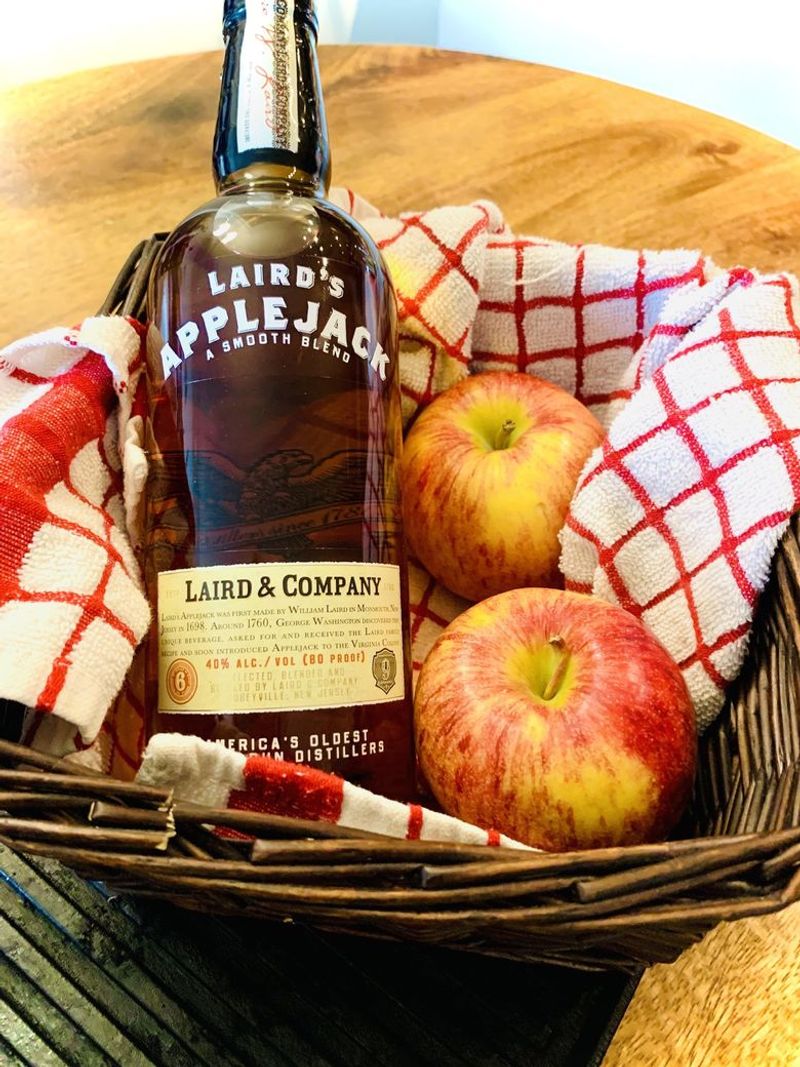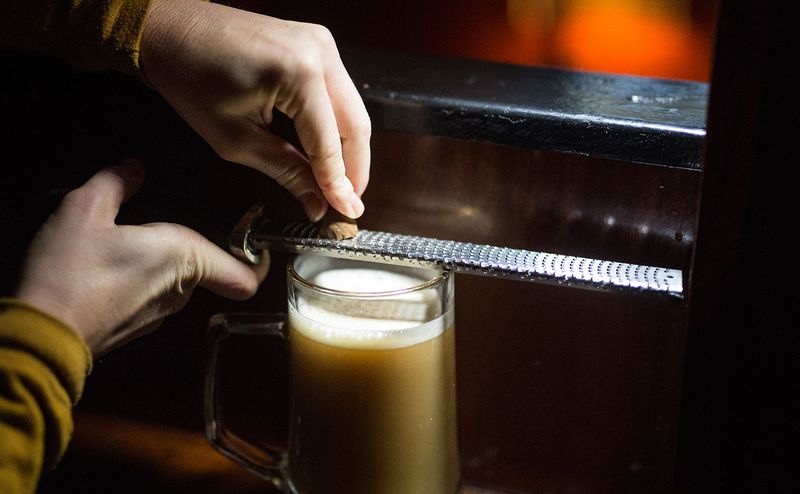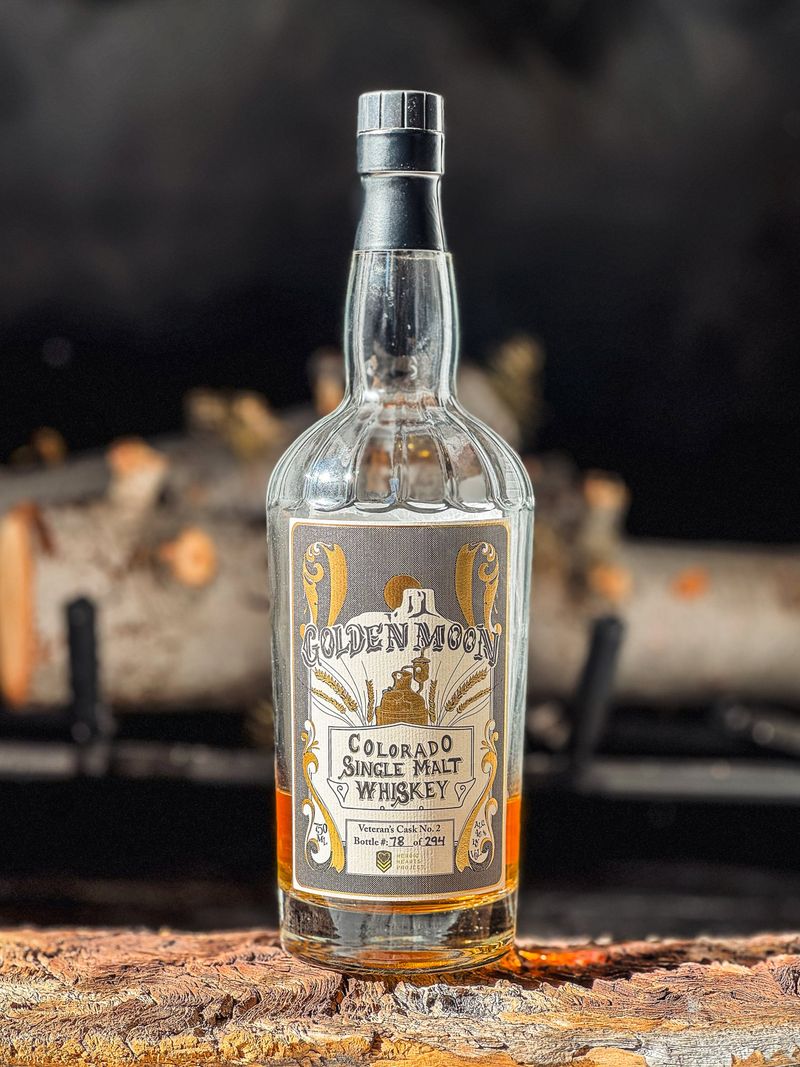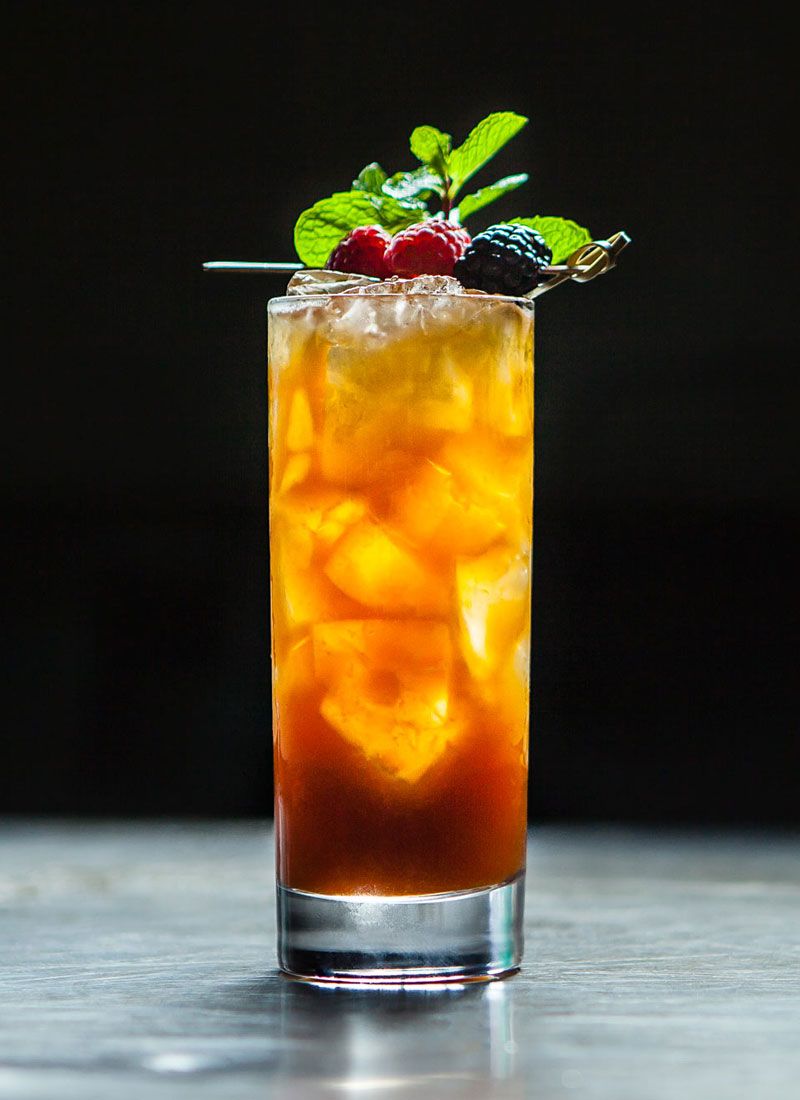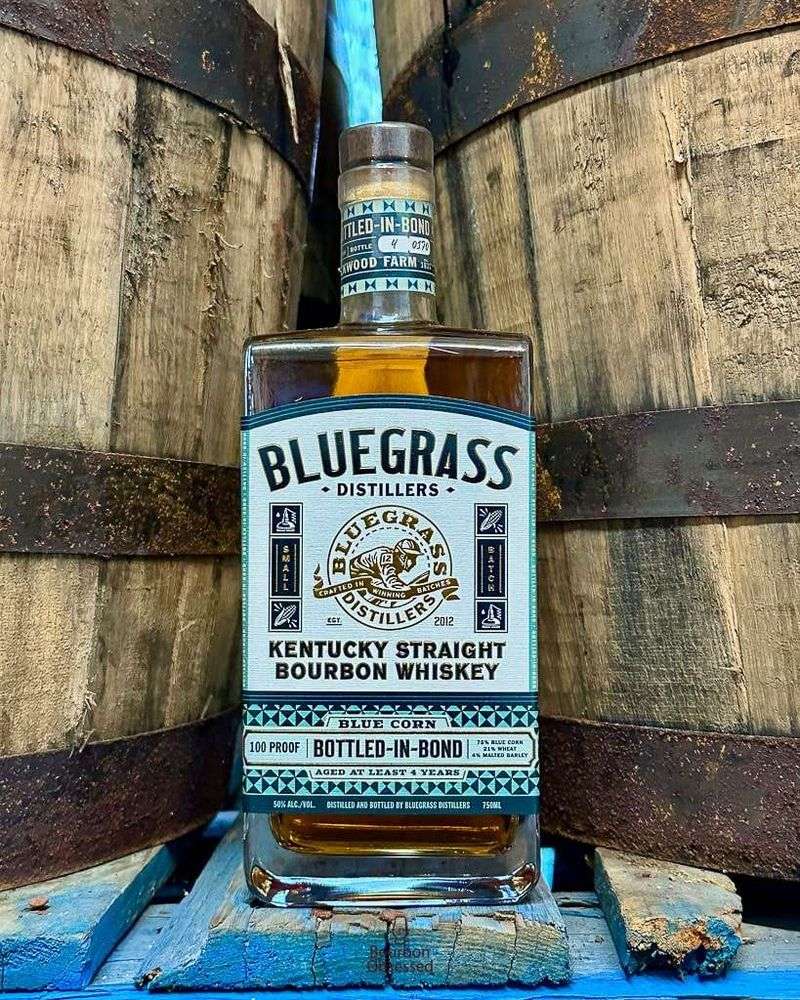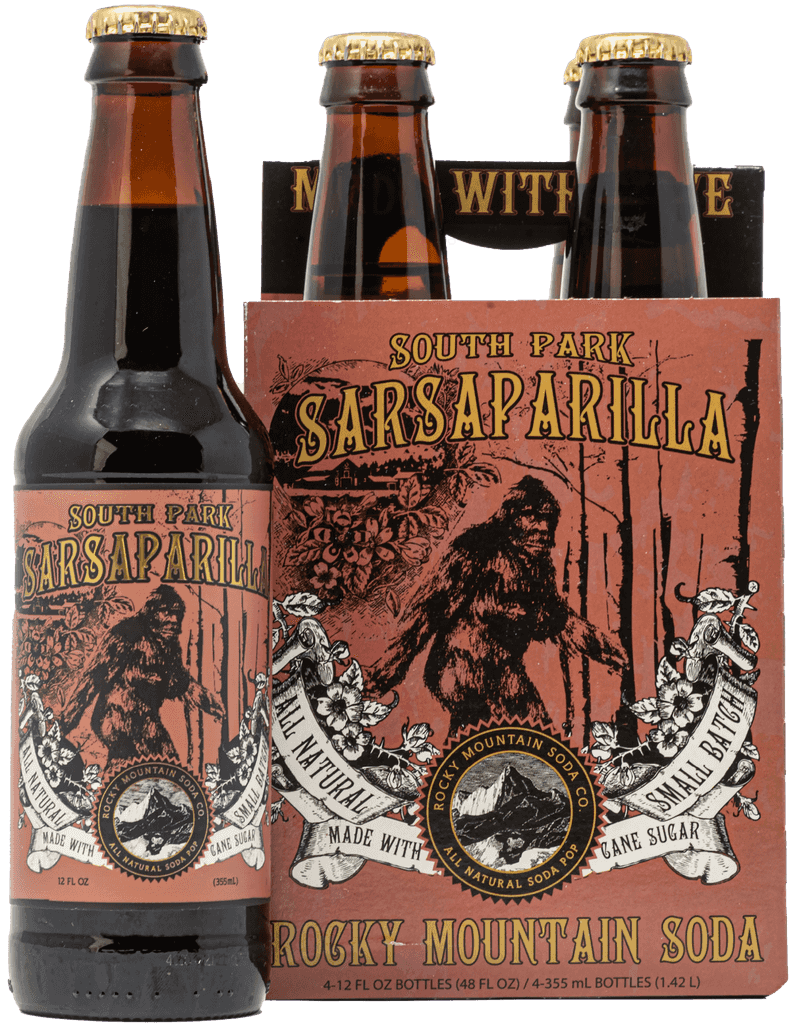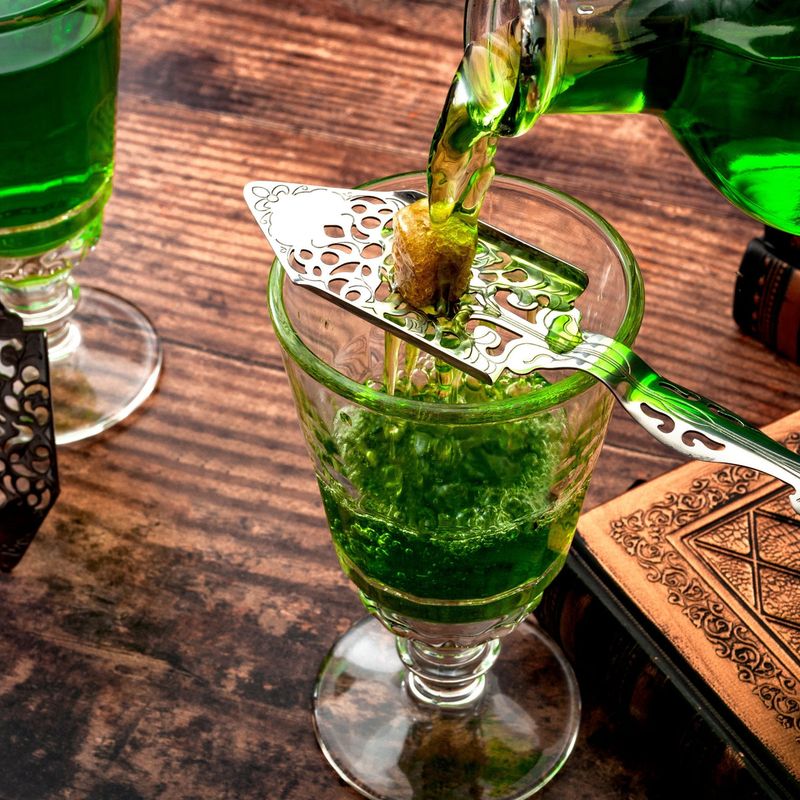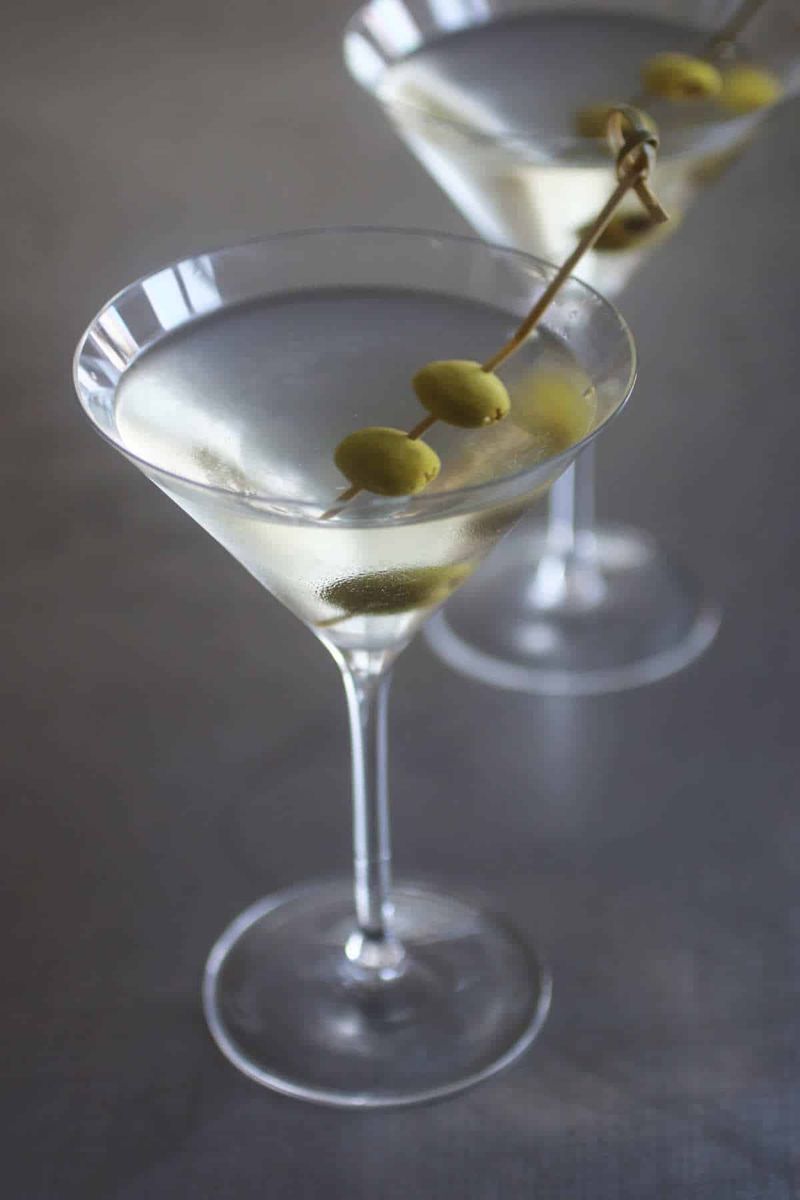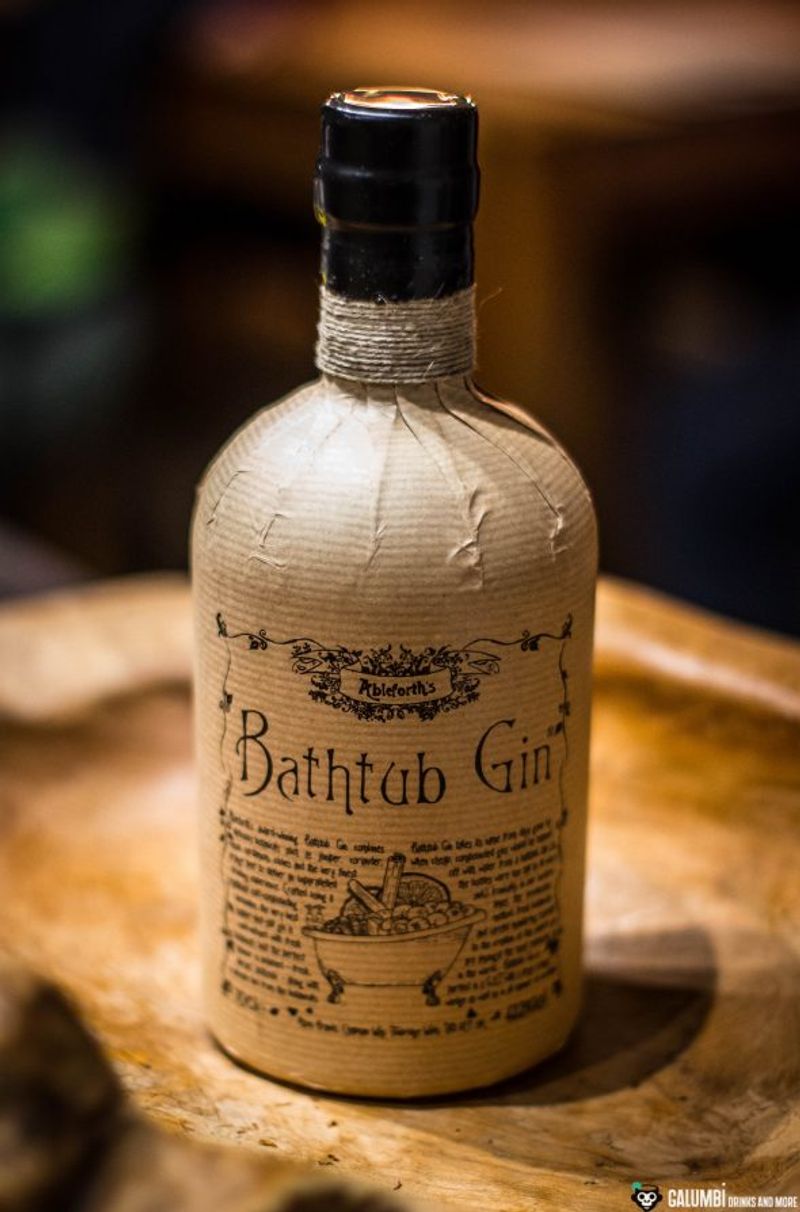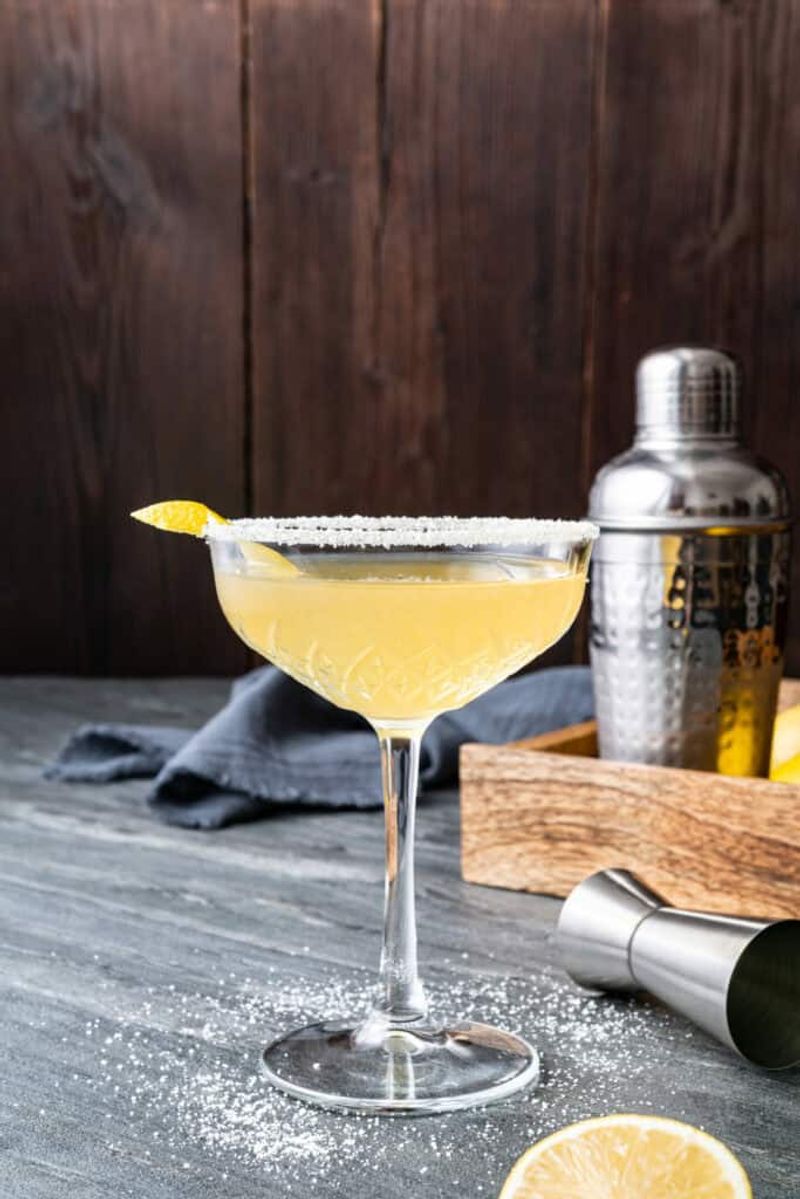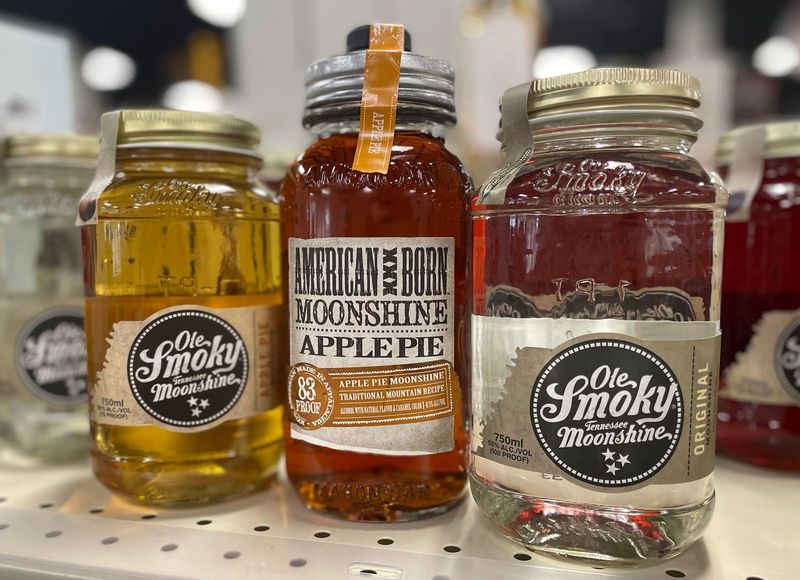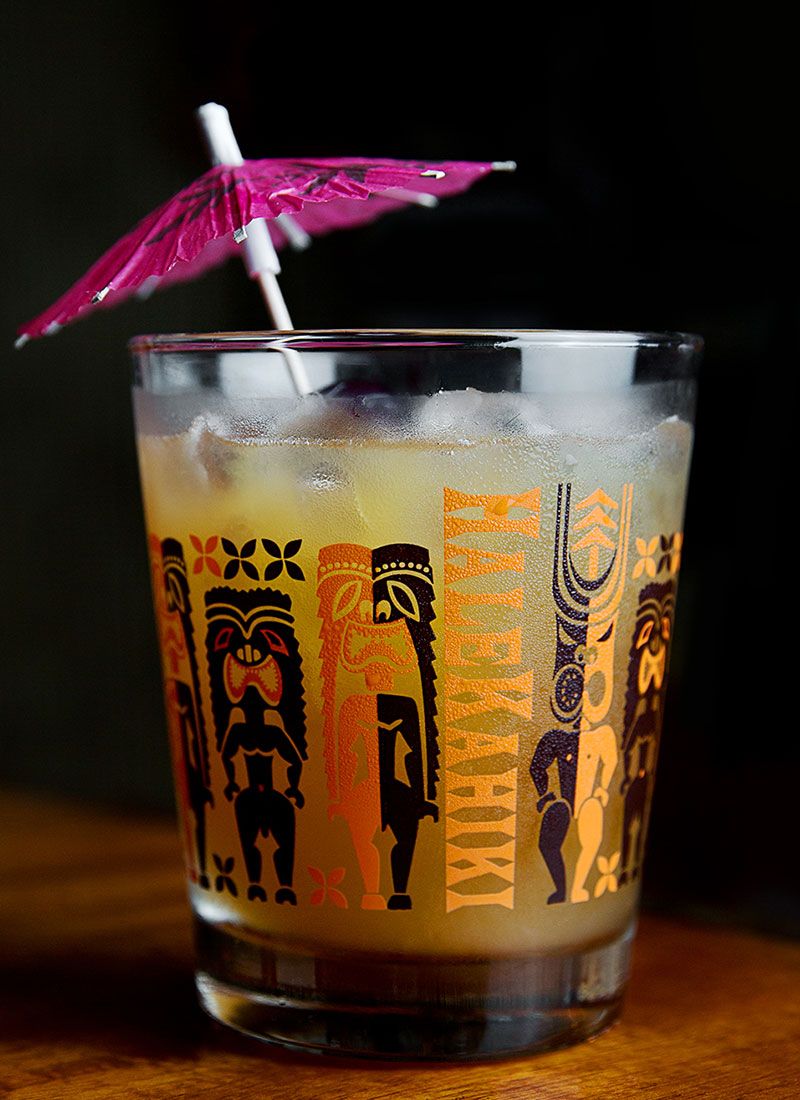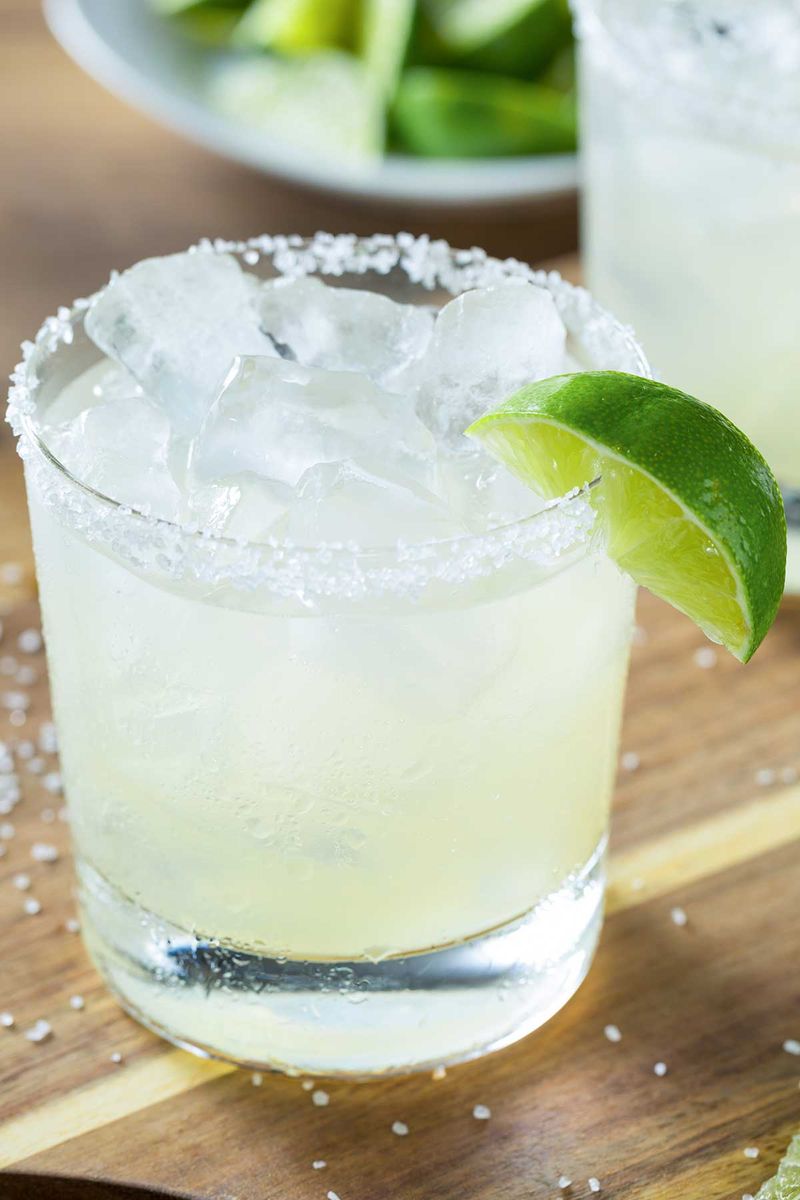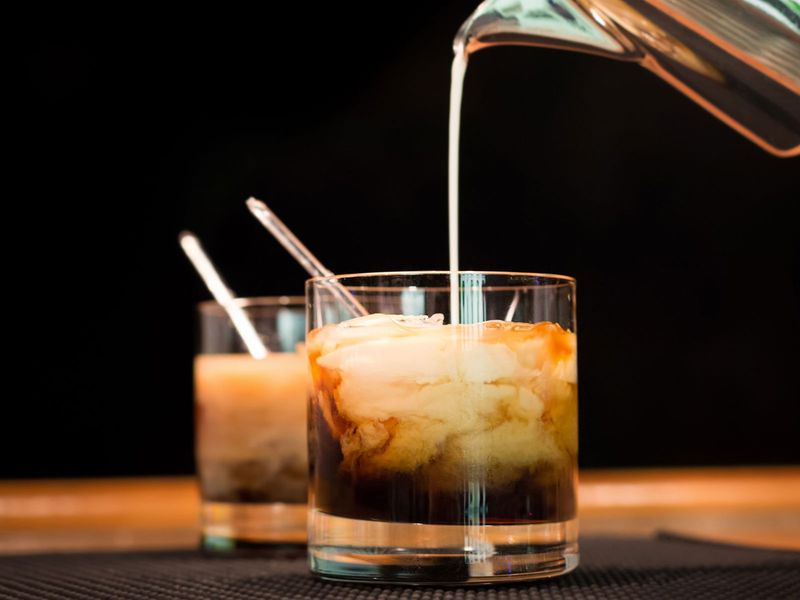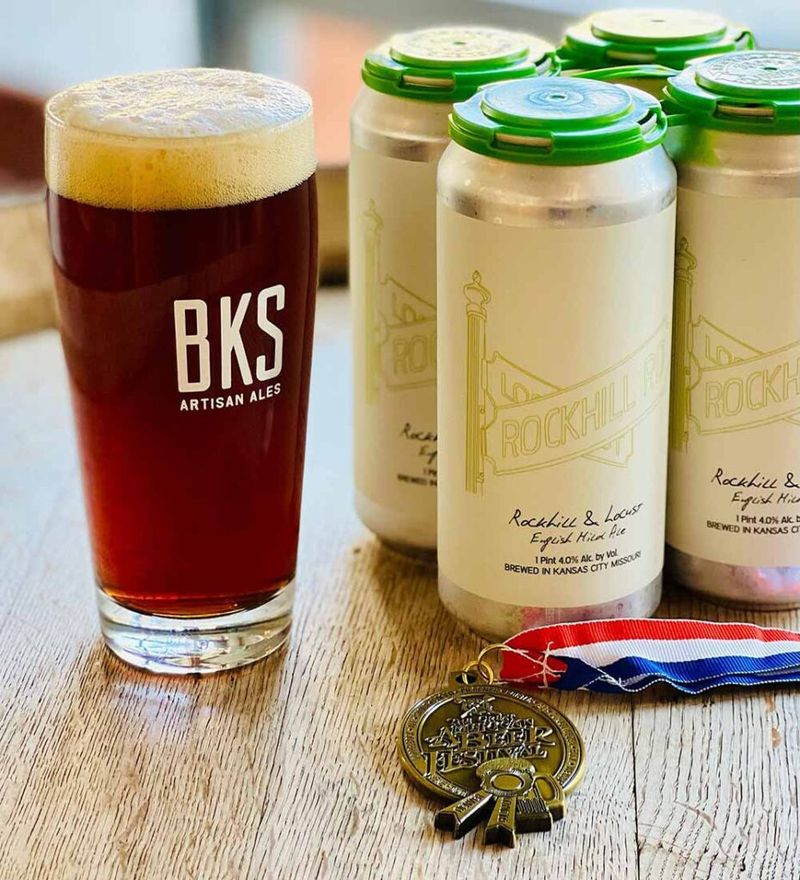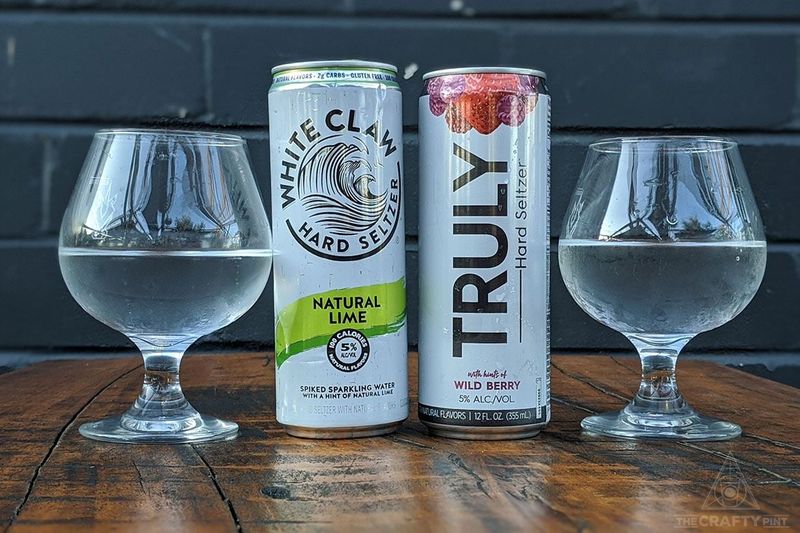Explore the captivating journey of American alcoholic beverages through 17 iconic drinks that have shaped history. From the colonial era to modern times, these drinks have influenced culture, economy, and even politics. Each one tells a unique story, revealing the tastes and traditions of different periods in American history.
1. Rum (1650s–1800s)
Rum, the original American booze, was made from Caribbean molasses and so valuable that it fueled the Triangular Trade, including the slave trade. With a rich, sweet flavor, it was beloved by colonists and even dumped by patriots in protests before the Boston Tea Party.
Its significance went beyond mere consumption; rum played a crucial role in the economy and social life of Colonial America. From festive gatherings to political meetings, it was a staple in taverns and homes alike.
Rum’s influence waned as whiskey gained popularity, but its legacy remains potent.
2. Applejack (Colonial America)
Applejack is often considered America’s first “homegrown” liquor, crafted by colonists who fermented apple cider and froze it to concentrate the alcohol—a process known as “jacking.” This potent drink was adored by none other than George Washington himself.
As orchards flourished, Applejack became a symbol of American ingenuity, using local resources to create a distinct beverage. Its robust, fruity flavor made it a favorite among the colonists, offering a taste of the New World.
Though less common today, Applejack’s legacy continues in modern craft distilling.
3. Flip (1600s–1700s)
Flip was the ultimate colonial cocktail, a delightful mix of beer, rum, molasses, and eggs, heated with a red-hot iron poker. This frothy concoction became a staple in taverns, offering warmth and cheer to weary travelers.
The blend of sweet and robust flavors made Flip a unique drink, enjoyed in social settings across the colonies. Its preparation was as much a spectacle as its consumption, creating a sense of community and camaraderie.
While modern tastes have moved on, Flip’s innovation remains a testament to colonial creativity.
4. Whiskey (Late 1700s–Present)
When rum supplies dwindled after the American Revolution, resourceful farmers turned surplus grain into whiskey. This transformation marked a new era in American spirits, leading to the Whiskey Rebellion of 1791, where citizens defended their right to drink.
Whiskey’s bold character and adaptability made it a national favorite. Its production spread across the country, becoming synonymous with American culture and resilience.
Today, whiskey enjoys global recognition, but its roots in the early Republic highlight a pivotal moment in U.S. history.
5. Sherry Cobbler (Early 1800s)
The Sherry Cobbler was America’s first “fancy” cocktail, introducing a new level of sophistication to the drinking scene. Made with sherry, sugar, and citrus, it was served over crushed ice, a novelty at the time that delighted patrons.
Its fruity, refreshing taste became a hit, particularly in the sweltering summer months. The Sherry Cobbler represented a shift towards more refined, thoughtful concoctions.
As cocktail culture blossomed, this drink set the stage for the creative mixology that defines American bars today.
6. Bourbon (Early 1800s–Present)
Bourbon, Kentucky’s corn-based whiskey, emerged as America’s spirit, offering a rich, caramel flavor that captivated the nation. Its development aligned with the expansion westward, where corn was plentiful.
Despite the challenges of Prohibition, bourbon survived and thrived, becoming a symbol of American resilience. Its heritage and craftsmanship have earned it a place in the global whiskey market.
Today, bourbon is celebrated as a quintessential American drink, rooted in tradition yet constantly evolving.
7. Sarsaparilla (1800s)
Sarsaparilla, the original “root beer,” was a favorite in Wild West saloons, often spiked with alcohol. Its earthy, spicy flavor offered a refreshing alternative to harsher spirits, appealing to cowboys and travelers alike.
Sarsaparilla’s popularity extended beyond the West, becoming a staple in American culture. Its herbal roots were believed to have medicinal properties, adding to its allure.
Though today’s version is non-alcoholic, sarsaparilla’s legacy as a pioneer drink continues to evoke images of untamed landscapes and rugged individualism.
8. Absinthe (Late 1800s–1912)
Absinthe, known as the “Green Fairy,” was beloved by artists and writers during the late 1800s. Its mystique and supposed hallucinogenic qualities made it a symbol of bohemian creativity.
Absinthe’s anise-flavored spirit offered a ritualistic drinking experience, often mixed with water and sugar. The drink’s allure lay in its artistic associations, attracting figures like Hemingway and van Gogh.
Despite its ban in 1912 due to moral panic, absinthe remains an icon of creative rebellion and artistic spirit.
9. The Martini (Late 1800s–Present)
The Martini, often seen as the epitome of sophistication, became a cultural staple from the late 1800s. With its crisp, clean taste, it was favored by prominent figures like Teddy Roosevelt, Mark Twain, and FDR.
This iconic cocktail, made with gin or vodka and garnished with an olive, represented elegance and style. Whether in speakeasies or presidential gatherings, the Martini symbolized American refinement.
Its timeless appeal continues to make it a favorite in bars worldwide, embodying both tradition and modernity.
10. Bathtub Gin (1920s)
During Prohibition, Bathtub Gin epitomized American ingenuity and risk-taking. With legal booze banned, many turned to homemade alternatives, often dangerously impure but full of spirit.
Mixed with juice or soda to mask its harsh taste, Bathtub Gin fueled the clandestine parties of the Roaring Twenties. Its creation was as much about defiance as it was about necessity.
The era’s rebellious spirit lives on in the lore of speakeasies, where creativity thrived despite constraints.
11. The Sidecar (1920s)
The Sidecar emerged as a Prohibition-era classic, capturing the glamour and irreverence of the 1920s. Made with brandy, Cointreau, and lemon, it became a favorite among flappers and bootleggers alike.
Its smooth, tangy flavor offered a sophisticated escape from the restrictions of the time. The Sidecar’s appeal lay in its elegance and the thrill of illicit enjoyment.
Even today, it remains a testament to the creativity and resilience of an era defined by change.
12. Moonshine (1920s–Present)
Moonshine, the illegal backwoods whiskey, kept Appalachia buzzed during Prohibition. Known for its potent kick and clandestine production, it fueled an underground economy and a sense of daring.
Moonshine runners, skilled drivers who transported the illicit brew, laid the groundwork for NASCAR, turning evasion into sport. This outlaw spirit captured the imagination of many.
Today, legal moonshine celebrates this rugged heritage, keeping the legend of rebellious entrepreneurship alive.
13. The Mai Tai (1940s–1950s)
The Mai Tai, a blend of rum and tropical flavors, became synonymous with tiki culture in the 1940s and 1950s. Post-WWII, America embraced this exotic escape, with tiki bars offering an oasis of fun.
Celebrities like Elvis and Frank Sinatra were known to enjoy this refreshing concoction, embodying the carefree spirit of the era. The Mai Tai’s bright, fruity taste and island imagery made it a sensation.
Its influence persists, celebrating an era of adventure and leisure.
14. The Margarita (1940s–Present)
The Margarita, America’s favorite tequila drink, was born in the 1940s, though its exact origins remain debated between Texas and Mexico. Its refreshing blend of tequila, lime, and salt made it an instant classic.
Whether enjoyed on a sunny beach or a bustling city bar, the Margarita’s zesty appeal captured the American palate. Its versatility and vibrant taste have made it a staple in the cocktail world.
Today, it continues to be a symbol of celebration and relaxation.
15. White Russian (1960s–1990s)
The White Russian, a lush blend of vodka, coffee liqueur, and cream, gained cult status thanks to The Big Lebowski’s “The Dude.” Its smooth, indulgent taste offered a comforting cocktail experience.
This drink’s appeal lay in its simplicity and rich flavor, making it a favorite through the decades. Often associated with laid-back gatherings, it became a symbol of relaxed sophistication.
Though its heyday was in the 1960s to 1990s, the White Russian’s legacy endures in popular culture.
16. Craft Beer (1980s–Present)
Craft Beer revolutionized the American beer scene from the 1980s, transforming it from bland, mass-produced options to a world of artisan brews. This movement celebrated creativity, with IPAs, sours, and stouts offering diverse flavors.
Microbreweries sprang up across the nation, fostering community and innovation. Craft Beer became more than a drink; it was an expression of individuality and local pride.
Today, it continues to thrive, reflecting the diversity and dynamism of American tastes.
17. Hard Seltzer (2010s–Present)
Hard Seltzer emerged in the 2010s as a modern, low-calorie alternative to traditional alcoholic beverages. With its fizzy, refreshing taste, brands like White Claw and Truly dominated happy hours.
This trend reflected a shift towards healthier drinking options, appealing to a new generation of consumers seeking light, flavorful experiences. The popularity of Hard Seltzer highlights changing preferences.
Its rise marks a new chapter in American drinking culture, emphasizing simplicity and enjoyment.
